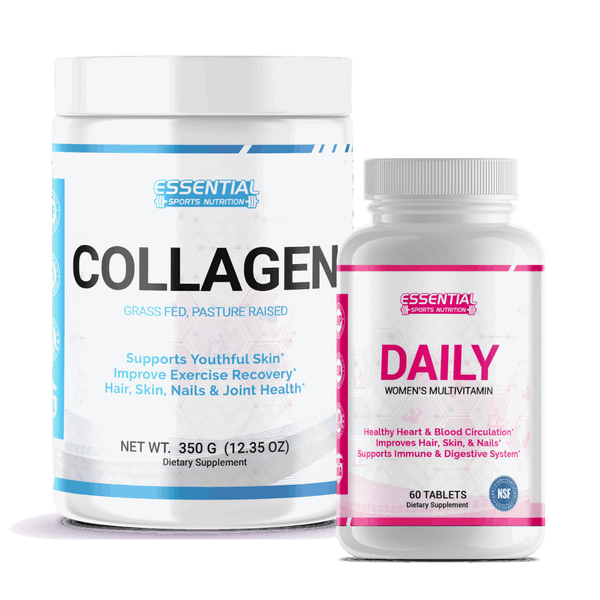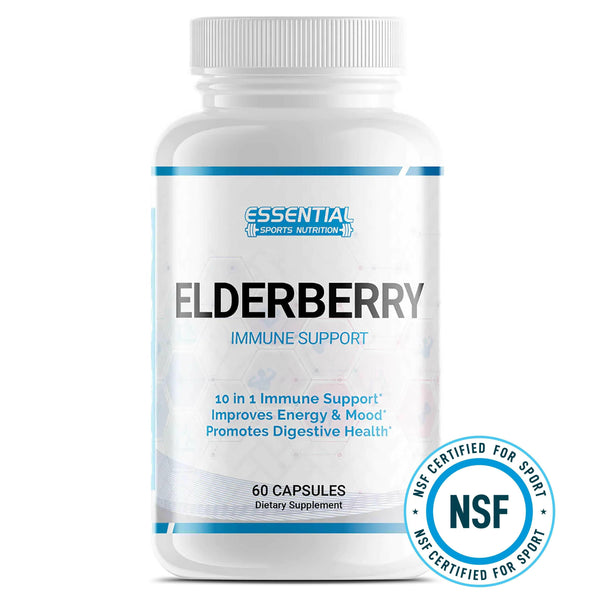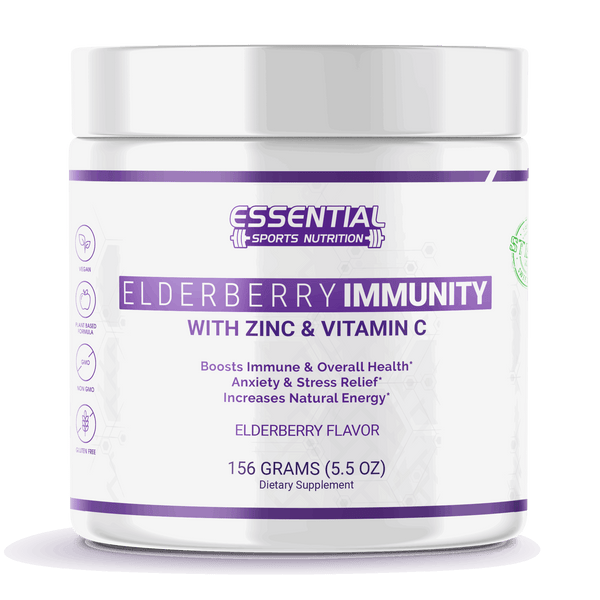Compression Therapy Benefits: Reduce Swelling and Improve Blood Flow
Are your legs often tired and achy? Maybe you've noticed swelling or varicose veins that make you feel self-conscious or uncomfortable. You're not alone; these are common issues for many people, especially those who spend a lot of time on their feet.
But there's a therapeutic approach that might just be the remedy you've been searching for: compression therapy.
One surprising fact about this method is that it doesn't just address leg issues – it has wide-ranging health benefits. From improving blood circulation to decreasing the risk of clot formation, compression therapy can become a game-changer in managing various health concerns.
This simple yet effective treatment can enhance your well-being and provide relief from several bothersome symptoms. 
Key Takeaways
- Compression therapy uses special socks or wraps to press gently on your legs, which helps blood flow better and stops swelling.
- It is a good treatment for varicose veins and can prevent them from getting worse. It also helps heal leg ulcers by making sure blood keeps moving in your legs.
- This therapy can keep blood clots from forming, especially the serious kind that happen deep in your legs called deep vein thrombosis (DVT).
- Athletes use compression to help their muscles recover faster after sports. It brings more oxygen to sore spots and eases pain.
- Wearing compression gear often, as suggested by a doctor or nurse, boosts overall well - being for people with certain health conditions like bad circulation or joint pain.
Understanding Compression Therapy
Compression therapy is a treatment where pressure is applied to your legs and ankles. This helps your blood vessels work better. The arteries that take oxygen-rich blood to the muscles can relax, so blood flows freely.
The veins get a boost pushing blood back to your heart.
Stockings, socks, or bandages are worn for this therapy. They squeeze your legs gently. This keeps the blood from getting stuck or moving too slow. It can stop swelling and help open wounds heal faster too.
Many doctors, nurses, and physical therapists use compression therapy because it works well and is safe. It's great for people with certain health problems like varicose veins or leg ulcers caused by bad blood flow.
The Procedure of Compression Therapy

Compression therapy helps your legs feel better and work well. It uses special wear like socks or stockings to do this.
- You get measured: A doctor or nurse will measure your legs to find the right size of compression socks or stockings for you.
- They choose the best type: Depending on your need, they pick light, medium, or strong pressure wear.
- You learn how to put them on: Putting on compression wear can be tough, so you'll learn the best way to do it without hurting yourself.
- Wear them often: For the best results, you must wear these socks or stockings a lot, just like your doctor tells you.
- Check your skin: You should look at your skin often for any changes or problems where the socks or stockings touch your legs.
- Keep them clean: It's important to wash your compression wear often to keep them working well and clean.
- Regular check-ups: Go see your doctor regularly to make sure everything is good with your legs and the compression therapy is helping.
Benefits of Compression Therapy

Compression therapy offers a multitude of health advantages, from boosting circulation to aiding in the management of various vascular conditions, each contributing to overall well-being and providing effective solutions for those seeking relief from circulatory issues.
Enhanced Blood Circulation
Wearing compression stockings helps your blood move better. This is good for the health of your legs. It pushes blood up from your ankles and feet, back to your heart. Blood moves faster and easier this way.
This kind of help is great if you sit or stand a lot. It keeps blood from staying in one place in your legs. That can make them feel tired or swollen. The gentle squeeze from these special socks or sleeves makes sure that does not happen.
Your legs will feel more awake and less heavy when blood flows well.
Prevention and Treatment of Varicose Veins
Compression therapy is great for helping with varicose veins. It makes your blood flow better and cuts down on pain, swelling, and itchy skin. Doctors often tell people to use compression stockings because they help stop varicose veins from getting worse and make your legs feel better.
This kind of therapy also keeps new varicose veins from popping up by keeping the blood moving right in your legs. Arizona Vein shows that compression therapy not only boosts blood flow but also helps heal ulcers and eases leg ulcer symptoms.
By gently squeezing the legs, compression therapy improves how well our veins work, which is important for healthy legs.
Reduced Risk of Blood Clots
Wearing compression therapy items like socks or stockings can play a big part in stopping blood clots. These things squeeze your legs gently which helps your blood move better. This moving stops the blood from staying still and forming a clot.
Devices called SCDs (Sequential Compression Devices) are also used to keep blood flowing nicely. They fill with air and press on your legs, helping to push blood back to the heart.
This action makes it hard for clots to start, especially deep vein thrombosis (DVT), which is a serious kind of clot that can happen in the legs.
Accelerated Recovery
Compression therapy helps your muscles get better faster after being tired or sore. It makes more blood flow to the areas that need healing, which brings them more oxygen and things they need to get strong again.
Athletes use this kind of treatment a lot so they can play their sports again sooner. But it's not just for athletes; anyone with muscle aches can find relief using compression.
People who have had surgery also benefit from this therapy. It aids in reducing swelling and improving movement as the body heals. Getting back on your feet quickly is important, and compression techniques support the body's repair process effectively.
Conclusion
Compression therapy is a smart choice for your health. It makes blood move better in your body and stops it from staying in one place too long. With this therapy, your legs can feel less pain because it's like getting a deep massage.
Wearing special socks or wraps helps with swelling and keeps blood flowing well to stop clots. Athletes love compression therapy too, as it helps their bodies after working hard and soothes joint pain.
Compression therapy is also beneficial for individuals who have conditions such as lymphedema, venous insufficiency, and deep vein thrombosis. It can help reduce swelling, improve circulation, and prevent the progression of these conditions. Additionally, compression therapy can aid in the healing of wounds and prevent the development of ulcers.
Types of Compression Therapy FAQs
Q: What are the benefits of compression therapy?
A: Compression therapy helps increase blood flow, reduce swelling, and improve circulation in the legs. It can also help reduce the risk of developing blood clots.
Q: How does compression therapy work to improve blood flow?
A: Compression therapy applies controlled pressure to the legs, aiding in pushing the blood back towards the heart and preventing it from pooling in the veins.
Q: What conditions can compression therapy help treat?
A: Compression therapy can help reduce swelling in the legs, improve circulation for those who sit or stand for long periods, and may help prevent venous disorders.
Q: What are the different types of compression therapy products?
A: Compression therapy products include compression garments such as stockings and sleeves, compression devices, and compression bandages.
Q: How do compression stockings help improve blood flow?
A: Compression stockings apply a consistent, gentle pressure to the legs, which helps the veins return the blood back to the heart, thus improving circulation.
Q: Can compression therapy benefit athletes?
A: Yes, compression therapy can help athletes by improving blood flow, reducing muscle soreness, and aiding in the recovery process after intense physical activity.
Q: Is compression therapy suitable for everyone?
A: It's important to check with your doctor before using compression therapy, especially if you have certain medical conditions such as advanced arterial disease or heart failure.
Q: How does dynamic compression therapy differ from static compression therapy?
A: Dynamic compression therapy involves devices that intermittently inflate and deflate, providing a massage-like effect to the limbs, while static compression applies continuous pressure.
Q: Can compression therapy help with range of motion?
A: Yes, compression therapy is known to help improve range of motion by reducing swelling and providing support to the muscles and joints.
Q: Is compression therapy a common treatment for circulatory issues?
A: Yes, compression therapy is a common and effective treatment for circulatory issues, such as venous insufficiency and lymphedema.




























